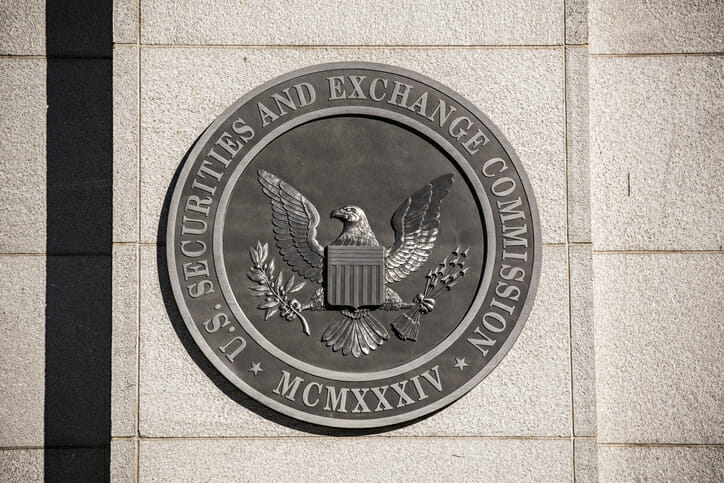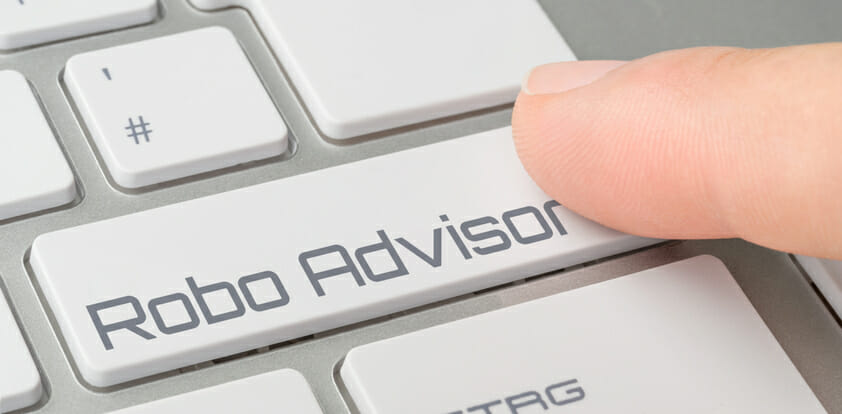Charles Schwab has agreed to pay $187 million to settle an investigation by the Securities and Exchange Commission (SEC) that alleged hidden fees were charged by the firm’s robo-advisor product Schwab Intelligent Portfolios (SIP). The SEC says that the financial services company failed to disclose a “cash drag” on client portfolios, which caused them to make less money for the same risk in most market conditions between 2015 and 2018. Schwab has neither admitted nor denied the SEC claims.
SmartAsset can match you with a fiduciary financial advisor who can point out hidden fees and put your client interests first.
Why Schwab Paid a Settlement
The SEC charged three Charles Schwab subsidiaries — Charles Schwab & Co., Charles Schwab Investment Advisory and Schwab Wealth Investment Advisory — for profiting from robo-advisor portfolios that allocated cash to its affiliate bank and loaned it out.
The SEC says that between March 2015 and November 2018, Schwab’s robo-advisor product, Schwab Intelligent Portfolios (SIP), did not disclose internal analysis from the firm that showed how this “cash drag” would make the funds “less profitable for their clients under most market conditions.”
“Schwab advertised the robo-advisor as having neither advisory nor hidden fees, but didn’t tell clients about this cash drag on their investment,” the SEC said in a statement.
A “cash drag” holds a portion of cash in a portfolio instead of investing that portion in the market. That’s money that isn’t gaining much in returns and, as a result, drags down portfolio performance.
Cash often does yield lower returns than stocks, especially during a period of low interest rates and a rising stock market, which fits the general directional trend between 2015 and 2018.
The SEC also says the firm kept the difference between the interest it earned on loans and what the firm paid in interest to robo-advisor clients.
While Schwab has neither admitted nor denied the SEC claims, it has agreed to a cease-and-desist order, which forbids it from violating the antifraud provisions of the Investment Advisers Act of 1940.
As a result, the firm is censured and required to pay $52 million in disgorgement and prejudgment interest and a $135 million civil penalty.
In addition, Schwab’s subsidiaries agreed to retain an independent consultant to review its policies related to robo-advisor disclosures, marketing and advertising, and make sure the firm effectively follows those policies and procedures.
“Schwab claimed that the amount of cash in its robo-adviser portfolios was decided by sophisticated economic algorithms meant to optimize its clients’ returns when in reality it was decided by how much money the company wanted to make,” said Gurbir S. Grewal, director of the SEC’s Division of Enforcement, in a statement.
What Is a Robo-Advisor?
A robo-advisor is a digital investment service that uses software and tools to help manage your portfolio, including rebalancing, trading, tax-loss harvesting and other services.
Robo-advisors are gaining popularity and differ from the traditional style of managing a portfolio where investors have a real active manager analyzing their portfolios and answering questions directly.
Momentum has grown among robo-advisors, driven in part by the COVID-19 pandemic. Vanguard, Fidelity, Merrill Lynch, Morgan Stanley and other major investment companies have their own robo offerings.
Common Management and Investment Fees
When clients work with advisors, fees are often calculated as a percentage of assets under management (AUM). For traditional advisors, this percentage may be as high as 1% to 2% per year. So, the fee on a $100,000 portfolio would be $1,000 to $2,000.
Robo-advisors are generally a much cheaper alternative for investors, as many charge fees anywhere from 0.25% to 0.89%.
In the case of Schwab, the company advertised that its robo-advisor did not carry advisory fees or hidden fees, according to the SEC. But the company didn’t inform clients about the cash drag on their investments, which the SEC claims made the company money at the expense of its clients’ portfolio returns.
The takeaway? Even if you’re using a robo advisor, don’t put your investments on autopilot. Clients may need to do the research to see how hidden costs like cash drags could affect their investments. After that, they can decide whether it’s worth paying for a hands-on financial advisor to manage more complicated portfolios.
Bottom Line
Investors may want to view any claims of fee-free advice or “no fees” with a wary eye. The way investments are structured can chip away at returns just like fees do. While Schwab neither confirms nor denies the government’s findings, the SEC says that its action “sends a clear message to advisers that they need to be transparent with clients about hidden fees and how such fees affect clients’ returns.”
Tips for Investing
- A financial advisor can help you avoid hidden fees and create a financial plan to help your investments grow. Finding a financial advisor doesn’t have to be hard. SmartAsset’s free tool matches you with up to three financial advisors who serve in your area, and you can interview your advisor matches at no cost to decide which one is right for you. If you’re ready to find an advisor who can help you achieve your financial goals, get started now.
- There are many ways to invest in your portfolio. While robo-advisors are low-cost compared with traditional advisors, other options are also inexpensive. Target-date funds offer diversification and balancing similar to robo-advisors while charging significantly fewer and lower fees.
Photo credit: ©iStock/Pgiam, ©iStock/Zerbor, ©iStock/fotofrog


